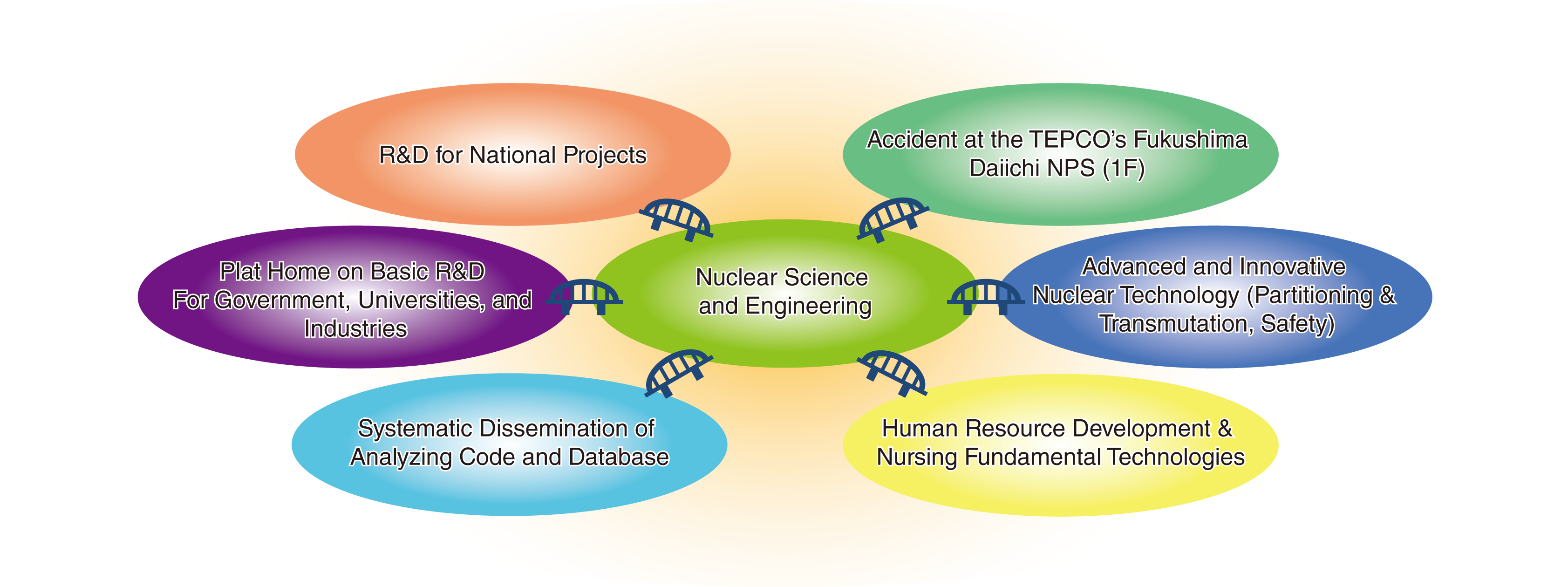
Fig.4-1 Relation between Nuclear-engineering Fundamental Research and Nuclear-energy R&D
The outputs of nuclear science and engineering research form a knowledge base for many technologies in the nuclear-engineering field. These include techniques for observing materials (analysis) and understanding phenomena (modeling). They have been integrated into analysis codes and databases and have been introduced to projects inside JAEA, such as research and development of fast reactors, nuclear waste treatment, safety technology, recovery from the accident at the TEPCO’s Fukushima Daiichi NPS (1F), key technologies for improving reactor safety (Topic 4-1), and transmutation technologies to reduce the amount of long-lived radioactive waste (Topics 4-2, 4-3, and 4-4). Our research has also been used outside JAEA in academia and industry (Fig.4-1).
The neutron- and radiation-transport code is used in various fields such as reactor design, shielding calculation, and radiation-dose estimation. For this purpose, nuclear data are converted into a certain code format in the library, via a processing step. We have developed a nuclear-data-processing code called FRENDY (Topic 4-5).
Zirconium (Zr) has high corrosion resistance and is often used in nuclear spent-fuel-recycling facilities that employ high-temperature nitric acid. On the contrary, Zr absorbs hydrogen easily, causing it to be brittle. Moreover radiation in spent nuclear fuel (SNF) pool disintegrates water molecules into hydrogen and oxygen. Thus, it is important to understand the Zr characteristics of hydrogen absorption (Topic 4-6).
Hexagonal-crystal metals such as Zr have good characteristics as structural materials that are light and heat- and corrosion-resistant. However, they have the drawbacks of being hard to process. We have simulated the above characteristics at the atomic and molecular level to improve the alloy design of such materials (Topic 4-7).
One radioactive isotope (RI) of palladium (Pd), 107Pd, is a fission product of Uranium (U) with a long half-life (6.5 million years); however, 107Pd from SNF has not been measured previously due to the difficulty of doing so, and the calculated results have been used for management purposes. We have succeeded in separating 107Pd from SNF and quantitatively measuring it using a pulsed laser (Topic 4-8).
In the case of a severe accident at a nuclear power plant, RI can contaminate an area of the ocean, for example the 1F case. It is important to be able to predict RI contamination, distribution, and transfer in the eastern-Asia region in the event of such an accident. We have developed a system for simulating RI diffusion in the ocean (Topic 4-9).
Neutron dosimeters and survey meters are used to control doses of workers at nuclear and accelerator facilities. These are calibrated periodically, typically using RI neutron sources. The calibration strongly depends upon the neutron-energy spectrum. We have constructed calibration fields to simulate the neutron slow-down spectrum more precisely (Topic 4-10).